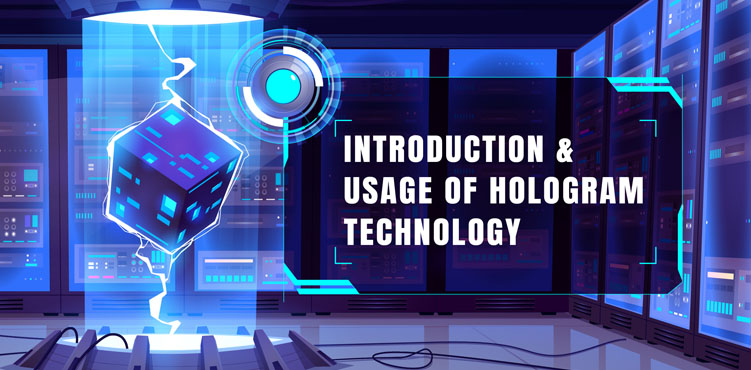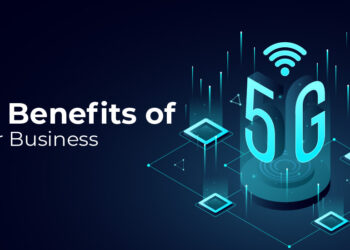To put it simply, hologram technology is nothing but a 3-dimensional projection of images that you can watch without having to rely on equipment like glasses or cameras. You can view holographic images from any angle. It means when you walk around a hologram image, you will see it moving and shifting realistically. When it comes to holographic images, they can be both animated and static.
Over the years, hologram technology has witnessed immense advancement. The latest techniques used in hologram technology have resulted in increasingly interactive and convincing models whereas the same is being anticipated to become more widespread in the days to come.
Now that you have got a basic understanding of hologram technology, let’s explore the industries most impacted by this amazing technology.
Healthcare industry
The industry that will most benefit from hologram technology is the healthcare industry. Both patients and doctors will benefit equally from the new applications being introduced by hologram technology in the healthcare sector. Data generated by the machines such as CT scans and MRIs can be transformed into digital information. Conventionally, specialists view the MRI or CT scans’ data on their computer screens in the form of 2D slices whereas Hologram technology generates a full 3D visualization of body parts and internal organs thus, giving doctors notably greater ability to examine injuries and diseases that ultimately result in more accurate diagnosis. Likewise, hologram applications are also used in the surgical pre-planning field. Through hologram applications, a surgeon visualizes the full course of the operation priorly. And thanks to this prior visualization, a surgeon can fathom exactly what precise cuts are required to be made thus increasing the chances of successful outcomes.
High-tech security
You can witness the use of holograms in security applications in banknotes, credit cards, and identity cards as all of them are using security holograms lately. Though the use of hologram technology in security applications remains expensive, it provides top-notch security against malicious elements thus keeping them at bay. The latest advancements in this sector offer a wide array of features such as 3-dimensional images, individually customized texts, moving displays, and serial numbers, thus making illegal replication impossible.
Entertainment and gaming
Hologram technology is being extensively used in live concerts. Thanks to this amazing application, stars of the past are electronically resurrected and can be seen performing once again live on the stage. Likewise, it has been observed that hologram displays are used in such live performances whereas the singers or artists themselves are not present physically. Thus, they use holograms to transmit live images of themselves before their fans, producing life-like performances.
When it comes to gaming, holographic display tables are already being tested. Once they arrive in the market, they will just revolutionize the way we perceive the gaming industry today. It has also been observed some manufacturers are trying to integrate homograph technology into smartphones, which will permit you 3D gaming.
In the classroom
Education thrives on innovation. Experts are using homograph technology to enhance overall learning procedures and experiences. To get more engagement from the students in the classroom, teachers will use interactive digital lessons. This amalgamation of real-world and digital information will transform the educational sector.
Likewise, teachers are using homographic images to teach complex topics and subjects to the students. Let us explain it with an example. Students are able to virtually explore ancient buildings thanks to homographic imagery.




















